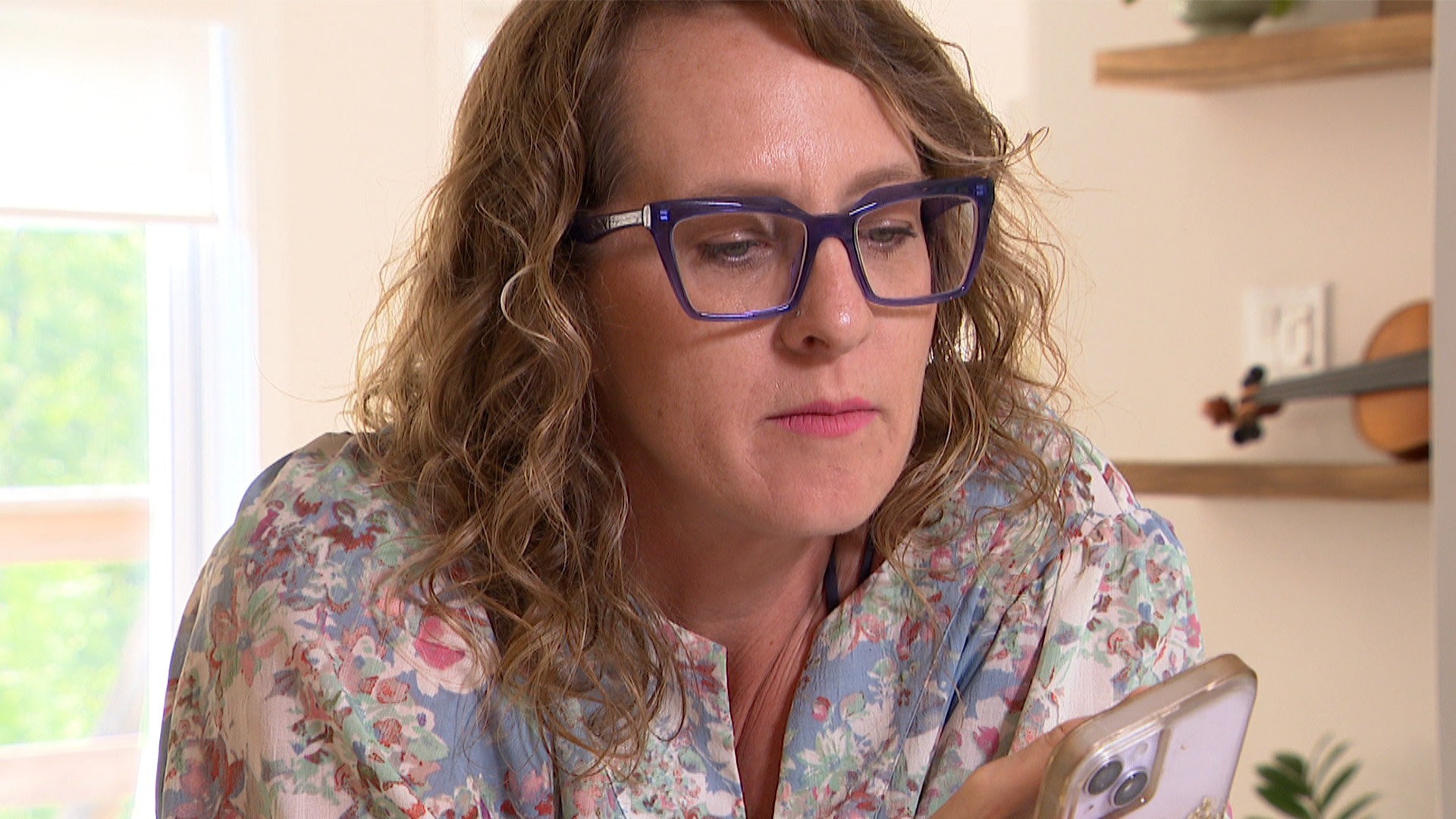Burger King must defend its Whopper size in court. Other fast food chains may follow

As It Happens6:30Burger King must defend its whopper size in court. Other fast food chains may follow
Anthony J. Russo says his firm’s lawsuits against four fast food giants is about a lot more than how much beef is in a burger.
The U.S. lawyer is working on three class-action lawsuits targeting four major brands — Burger King, Taco Bell, McDonald’s and Wendy’s. Each suit was filed on behalf of dissatisfied customers who allege the companies make their menu items look bigger and better in marketing than they really are.
“Today, it starts with the possibility of a fast food item that’s, you know, a few dollars in cost. Tomorrow, it’s an automobile or a vehicle or a home,” Russo, president of the Russo Law Firm, told As It Happens guest host Katie Simpson.
“If you don’t put some kind of stop measures in here, there’s no limit to what is going to be, you know, the truthfulness in the advertising. And that’s really the basis of our lawsuit.”
On Friday, he secured a small victory when the U.S. District Judge Roy Altman in Miami rejected Burger King’s bid to dismiss the suit.
Already, Russo’s firm has cited Altman’s opinion in its New York case against McDonald’s and Wendy’s, to justify letting that suit continue.
‘The plaintiffs’ claims are false’: Burger King
Burger King — a unit of Restaurant Brands International — denies the lawsuit’s allegations.
“The plaintiffs’ claims are false,” the company said in an emailed statement to CBC. “The flame-grilled beef patties portrayed in our advertising are the same patties used in the millions of Whopper sandwiches we serve to guests nationwide.”
The burger chain tried to have the suit tossed, arguing it’s not required to deliver burgers that look “exactly like the picture.”
Altman dismissed the lawsuit’s claims based on TV and online ads, saying he found none in which Burger King promised a burger “size,” or patty weight and failed to deliver it. But he said the company must defend against a claim that its depiction of Whoppers on in-store menu boards mislead reasonable customers, amounting to a breach of contract.
In his ruling, the judge said it was up to jurors to “tell us what reasonable people think.”
Neither McDonald’s, Wendy’s nor Taco Bell responded to requests for comment from CBC.
Russo doesn’t necessarily disagree with Burger King’s statement.
“They may be the same patties, but … what you see is not what you get,” he said. “It’s our opinion and our allegations that the differences are very, very clear to the naked eye.”
The lawsuits include images of marketed menu items and compare them to the real deal to see if they pass what Russo calls “the eye test.”
The images on menus and ads, he says, portray “a big, thick, juicy burger, flame broiled, dripping with, you know, juiciness,” and topped with “bright green, fresh, crisp lettuce” and ripe tomato protruding from a “glistening bun.”
“In reality, what you see when you unwrap it … would be a very, very thin and greyish looking dried-out burger with maybe some wilted lettuce, you know, popping through on the sides,” he said.

The lawsuits — each of which seeks at least $5 million US in damages — claim the difference comes down to deceptive practices by food stylists, people who design, prepare and style food for photography or videos.
One Wendy’s food stylist quoted in that lawsuit said she would use undercooked beef in order to make the patties appear larger than they are when served.
The allegations have not been proven in court.
Could pave the way for future lawsuits
New York lawyer Spencer Sheehan, who is not involved in the cases, called Altman’s ruling “a positive development” that could pave the way for other lawyers to bring similar lawsuits.
“As long as, you know, one judge somewhere has said that a course of action or a theory is OK, basically … that’s open season in a way,” he told CBC.
But he warned there’s a high bar to meet in this kind of litigation. And he should know. He has filed hundreds of lawsuits against food companies over claims of dishonest packaging and advertising. He’s sometimes called “the Vanilla Vigilante” because more than 100 of his cases involve vanilla-flavoured products that, he says, contain no actual vanilla.
“I support these cases and I hope they have, you know, success,” he said. “And I’m going to watch them very close.”

;Resize=620)


;Resize=620)